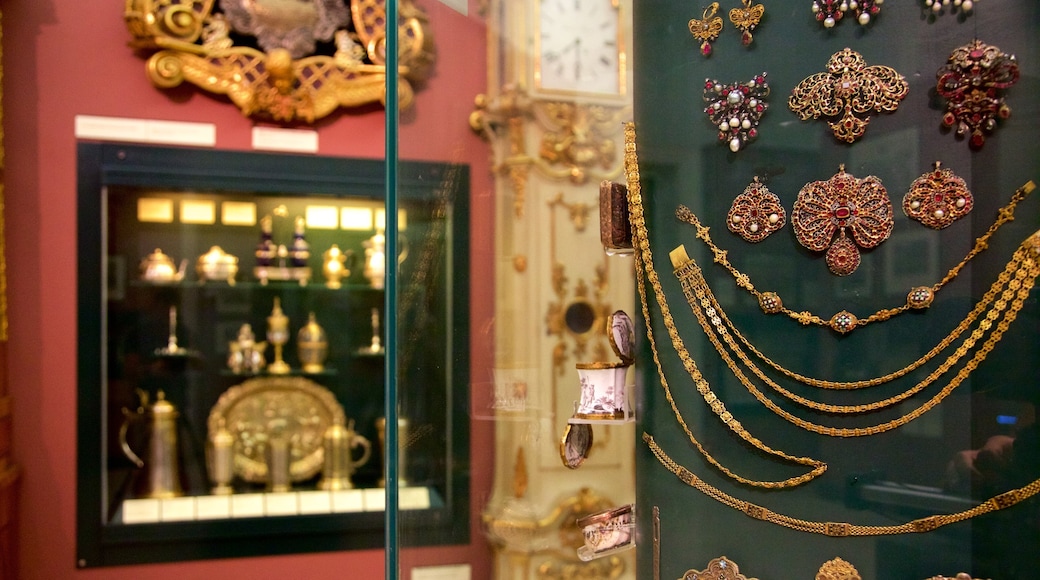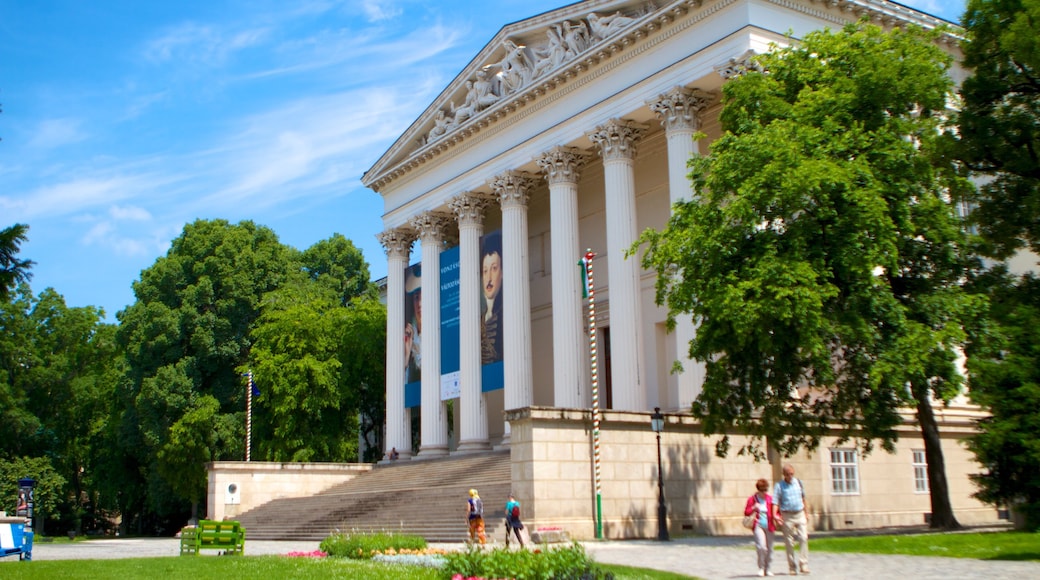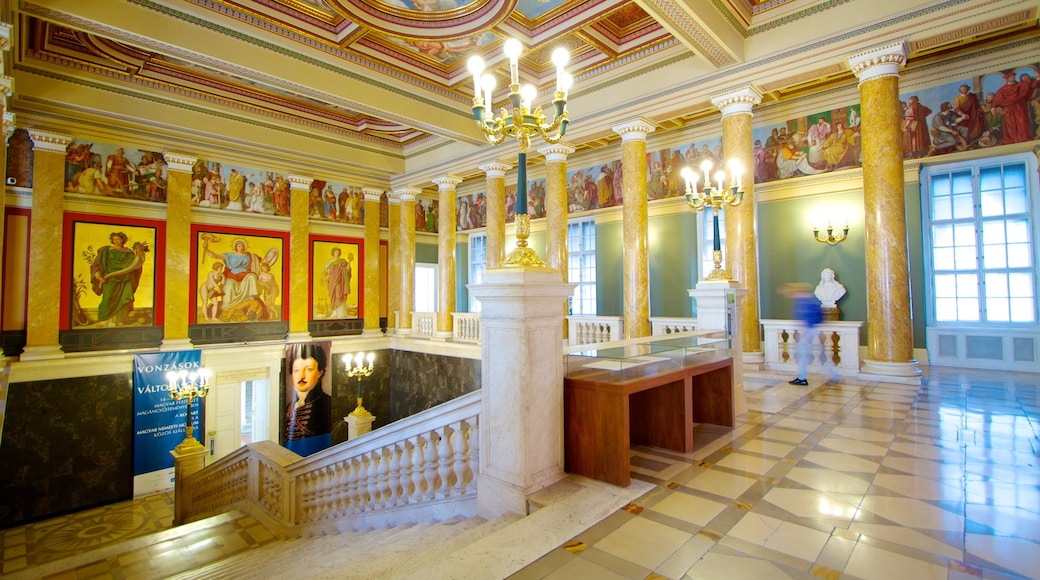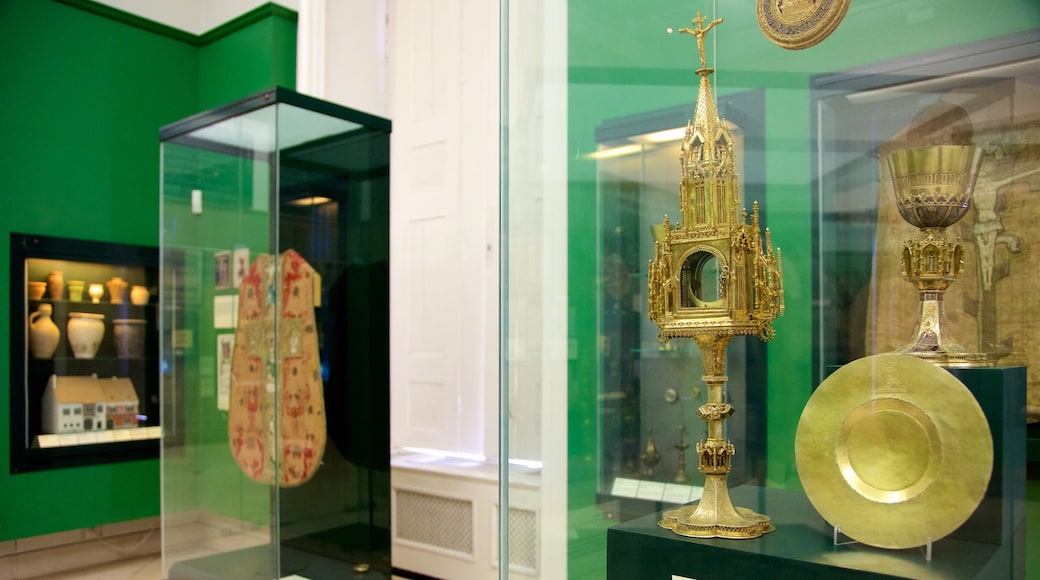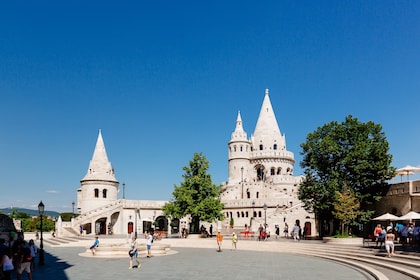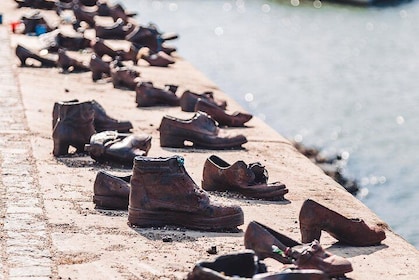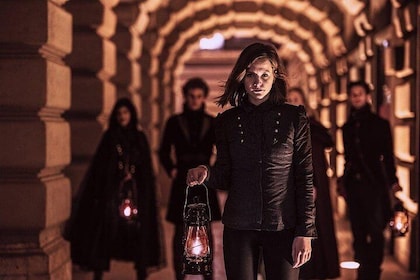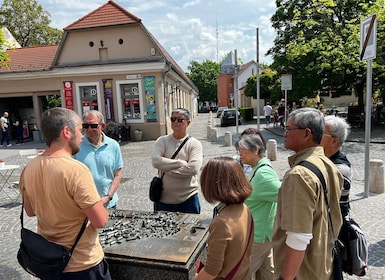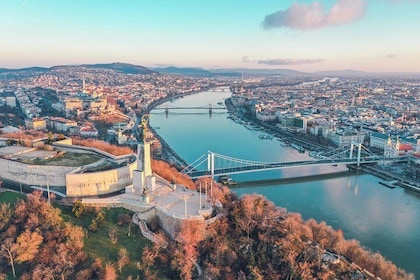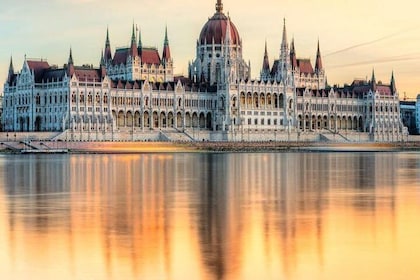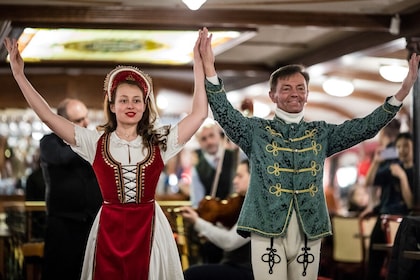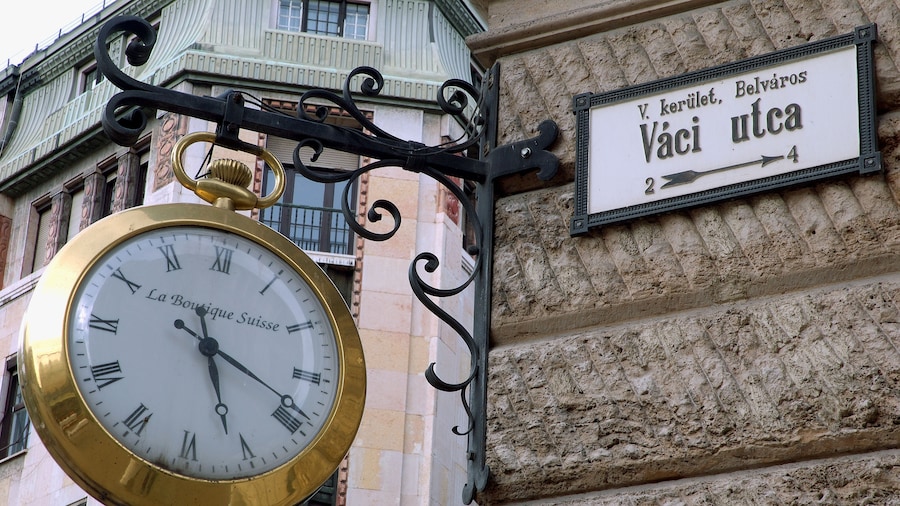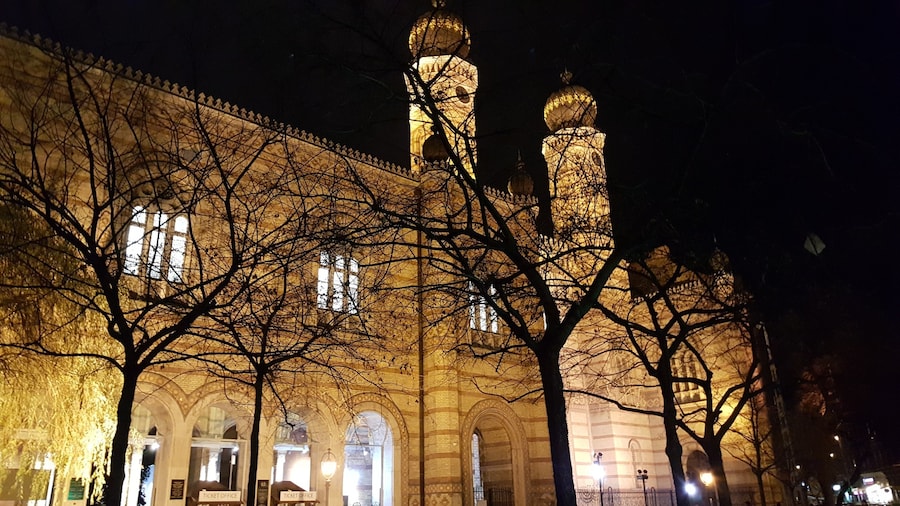Hungary's vibrant national story is told in a museum that helped shape one of its most dramatic chapters.
Sitting on the edge of Pest's inner city is the country's foremost history museum, the Hungarian National Museum. Built in the mid-19th century, this neoclassical building wasn't content with merely housing the country's history – it quickly became a place where Hungary's history was made. In 1848, just 2 years after it was built, the storm of the Hungarian Revolution was sparked by events on the Museum's steps.The reading of the revolutionary poem Nemzeti Dal here inspired crowds to march on Buda Castle, demanding change and a free Hungary. They eventually lost that revolt, but the role the Museum played has been celebrated by Hungarians ever since. It's just one episode of many covered inside – Hungary, after all, has been through a lot of history, even before its founding by the Magyars.The Museum first tells the story of those ancient peoples – Romans, Huns, Avars and Slavs – who settled here before the 9th century. But the focus switches quickly to the arrival of the Magyars, nomadic tribe-people from the Urals, who founded the Hungarian nation in 896. The Museum has early treasures, like the crown of Byzantine Emperor Constantine Monomachos, and the shimmering blue-and-gold 'Coronation Mantle' from the 11th century – used to crown the Kings of Hungary and famed for its masterful use of lavish gold-thread embroidery.The Museum also covers the period of Turkish rule, with displays of rare Ottoman arts and crafts. The various struggles for independence in the modern era – including the 1848 revolution – are delved into, as is the long period of peace following the Austro-Hungarian 'Compromise'.A piano played by Beethoven and Liszt is a particular treasure. The modern era is displayed through exhibits like the interior of 1960s communist apartments, windows into 20th century cafe life, and innovations like the telephonograph. This is a museum that is sure to capture the imagination of all visitors.
